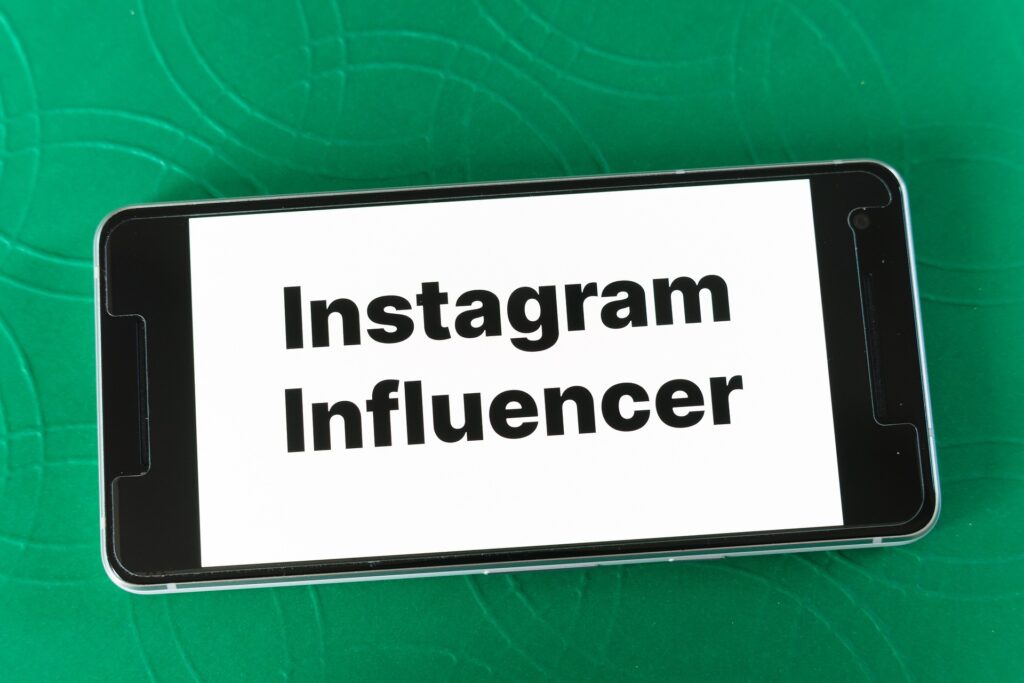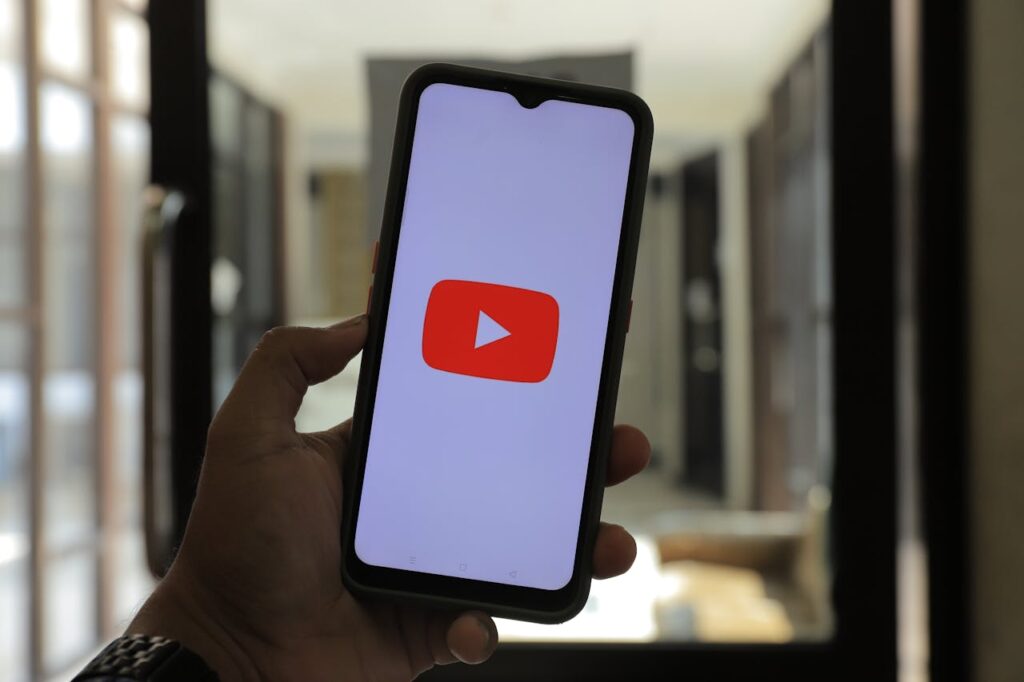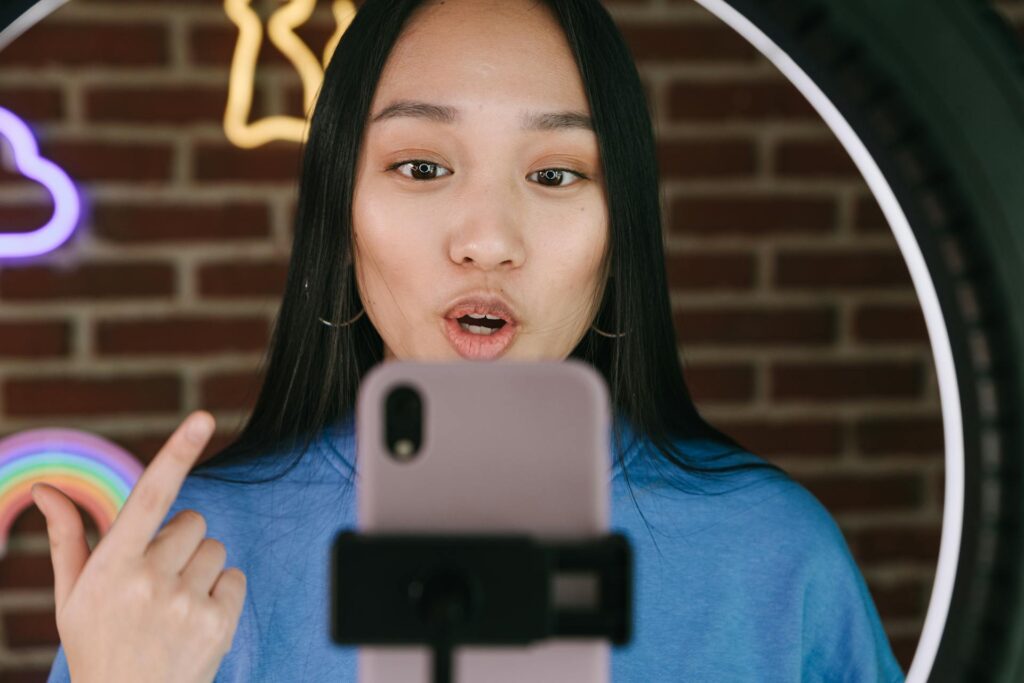Table of Contents
In today’s digital-first world, influencer marketing isn’t just a trend—it’s a strategic pillar in most brand campaigns. But when it comes to choosing between Instagram and YouTube influencers, brands often find themselves torn. Both platforms have massive reach, unique strengths, and distinct user behaviors. So which one should you choose?
Platform Overview
Instagram is a visual playground, ideal for capturing attention quickly. With features like Stories, Reels, and carousels, it encourages short, snappy, and aesthetic content. The platform skews younger, with a significant portion of its users aged between 18–34. It’s mobile-native and thrives on trends, making it perfect for lifestyle, fashion, and beauty brands looking to stay culturally relevant.
YouTube
YouTube is built for deeper engagement. It supports long-form content that can range from tutorials to in-depth product reviews and vlogs. Its content has a longer shelf life thanks to robust searchability (thanks to Google ownership) and algorithmic recommendations. YouTube audiences span a wider age range, making it ideal for more detailed storytelling or explaining complex products.
Influencer Content Styles

Instagram Influencers
Instagram influencers typically focus on visual storytelling. Their content often includes:
- Polished imagery and product placement in lifestyle settings.
- Reels for bite-sized content and trends.
- Stories with quick, disappearing content and interactive elements like polls or swipe-ups.
This makes Instagram perfect for creating desire and prompting impulse actions.

YouTube Influencers
YouTube influencers lean into depth and authenticity. Their content often includes:
- Product unboxings and reviews.
- Step-by-step tutorials or how-tos.
- Vlogs and behind-the-scenes storytelling.
This format builds trust and helps consumers make more informed decisions—great for high-consideration products.
Engagement and ROI

Instagram generally delivers a higher engagement rate per post. It’s effective for:
- Quick impressions and awareness.
- Flash sales or limited-time promotions.
- Brand visibility through tags and mentions.
However, the content lifespan is shorter—most posts peak in reach within 48 hours.
YouTube
YouTube content may take longer to gain traction but offers:
- Higher trust and credibility.
- Extended engagement time (minutes vs. seconds).
- Evergreen value—videos continue to attract views over time.
This leads to higher ROI, especially for products that require more consideration or explanation.
Cost and Collaboration Models

- Instagram collaborations often cost less and can be turned around quickly. Brands can partner with micro-influencers for reach or macro-influencers for credibility.
- YouTube partnerships typically come at a premium due to the time and effort involved in content creation, editing, and scriptwriting. However, they provide more room for messaging depth and brand storytelling.
Both platforms support various monetization models—affiliate links, sponsorships, giveaways—but deliver value in different ways.
Industry Use Cases
- Fashion & Beauty: Instagram dominates with visual appeal and trend-driven content.
- Tech & Education: YouTube excels with detailed product breakdowns and tutorials.
- Fitness, Food, Travel: Both platforms are strong contenders—Instagram for quick inspiration, YouTube for step-by-step guides and immersive experiences.
| Feature | YouTube | |
| Content Type | Short-form, visual | Long-form, video |
| Engagement | Quick and high | Deep and long-term |
| Cost | Typically lower | Often higher |
| Best For | Impulse buys, lifestyle content | Complex products, education, storytelling |
| Discoverability | Hashtags & Explore tab | Search engine & recommendations |
How to Decide for Your Brand

Before choosing an influencer platform, ask yourself:
- What’s your goal? Brand awareness? Conversion? Product education?
- Who’s your audience? Younger, trend-driven users (Instagram) or diverse, information-seeking viewers (YouTube)?
- What’s your budget? Instagram campaigns can be lighter on cost; YouTube may require more investment.
- How complex is your product or message? Use YouTube for deeper dives and Instagram for eye-catching teasers.
Sometimes, a hybrid campaign is your best bet—Instagram for quick traction and YouTube for lasting impact.
Conclusion
There’s no one-size-fits-all answer. Both Instagram and YouTube offer powerful influencer opportunities, but they serve different marketing needs. The key is to align your platform choice with your brand’s goals, audience, and budget.
Choose wisely—or better yet, strategically combine both for a well-rounded campaign that covers the full customer journey.

